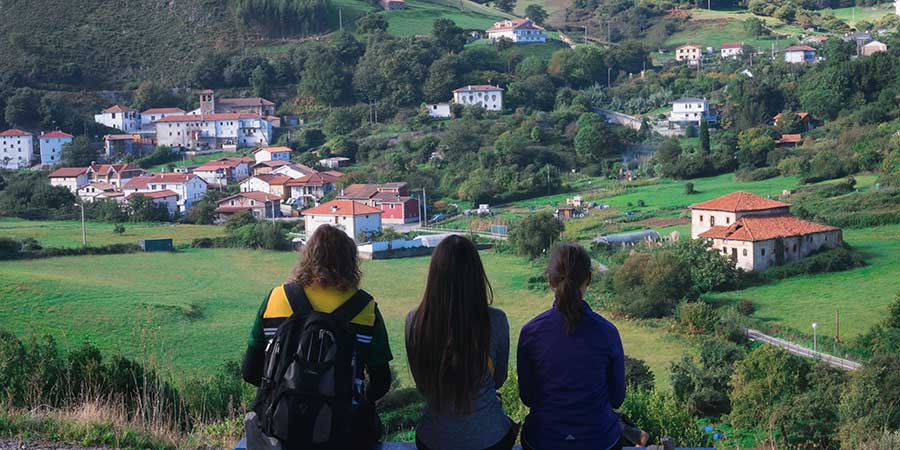Walking the Camino del Norte, also known as the Northern Way of the Camino de Santiago, is a journey through dramatic coastlines, medieval villages, and some of Spain’s richest cultural heritage. It is a route that promises beauty, challenge, and discovery at every turn. Yet, one might ask: what truly makes this Camino different, and why should a pilgrim choose it over the more famous French Way?
This account of highlights from the Camino del Norte, from Santander to Llanes, sheds light on what makes this UNESCO World Heritage route so special.
Table of contents
- 1. What is the Camino del Norte?
- 2. Starting the Camino in Santander
- 3. Medieval Villages and Cantabrian Charm
- 4. Food and Flavours Along the Way
- 5. Santillana del Mar and the Caves of Altamira
- 6. Comillas and Gaudí’s Capricho
- 7. Beaches, Mountains and Natural Wonders
- 8. Arrival in Llanes
- 9. Why Choose the Camino del Norte?
- Sum on Camino del Norte
1. What is the Camino del Norte?
The Camino del Norte begins in San Sebastián in the Basque Country and stretches west through Cantabria and Asturias, before joining the Camino Primitivo in Oviedo and continuing to Santiago de Compostela.
Unlike the busy French Way (Camino Frances), the Northern Way (Camino del Norte) offers quieter paths, sweeping coastal scenery, and a sense of walking through Spain’s “Green Coast”. Pilgrims walk past fishing villages, Gothic churches, and rugged cliffs, often with the Bay of Biscay on one side and the Picos de Europa mountains on the other.
2. Starting the Camino in Santander
My own journey began in Santander, a lively port city. The yellow Camino arrows led me straight through shopping streets, past the cathedral and the Museum of Prehistory and Archaeology. With my luggage transferred to pre-booked hotels, I could simply enjoy the walking without carrying heavy bags.
The rhythm of the Camino is intoxicating: walk, eat, sleep, repeat. Freed from daily worries, the task is simply to reach the next town.
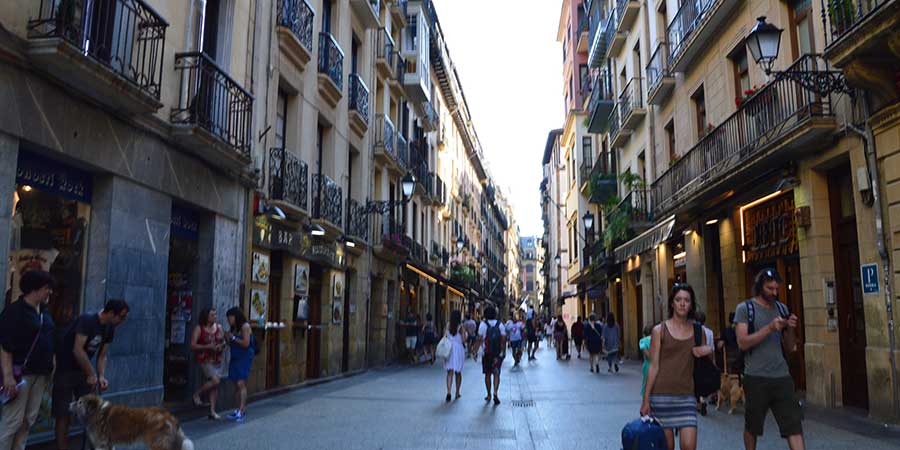
3. Medieval Villages and Cantabrian Charm
Leaving Santander behind, the route winds through Barcenilla de Cudón and onwards into countryside dotted with posadas—family-run inns that have welcomed travellers for centuries. Staying in Posada Lunada, I enjoyed a breakfast of fresh fruit, Sobao cake, and ham, learning from the owner how merchants once passed through here on their way from Madrid to the coast.
This mix of history and hospitality repeats throughout the Camino del Norte: villages where every corner tells a story.
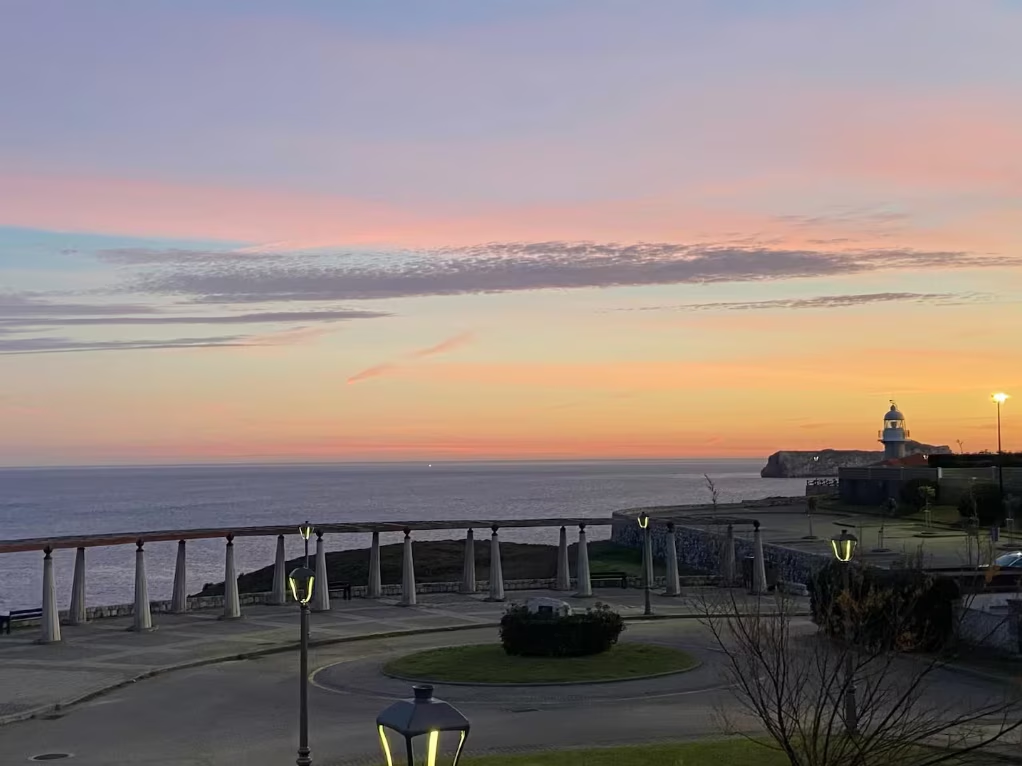
4. Food and Flavours Along the Way
The Camino del Norte rewards the walker with some of the best food in Spain. In Puente Arce, I feasted on mussel rice, followed by salt cod with garlic emulsion. Further along, Michelin-starred restaurants sit alongside rustic eateries serving hearty regional dishes.
Asturian cider, poured dramatically from a height, is a rite of passage for any pilgrim. In the seaside town of Llanes, tasting it in a traditional sidrería felt like crossing into another chapter of northern culture.
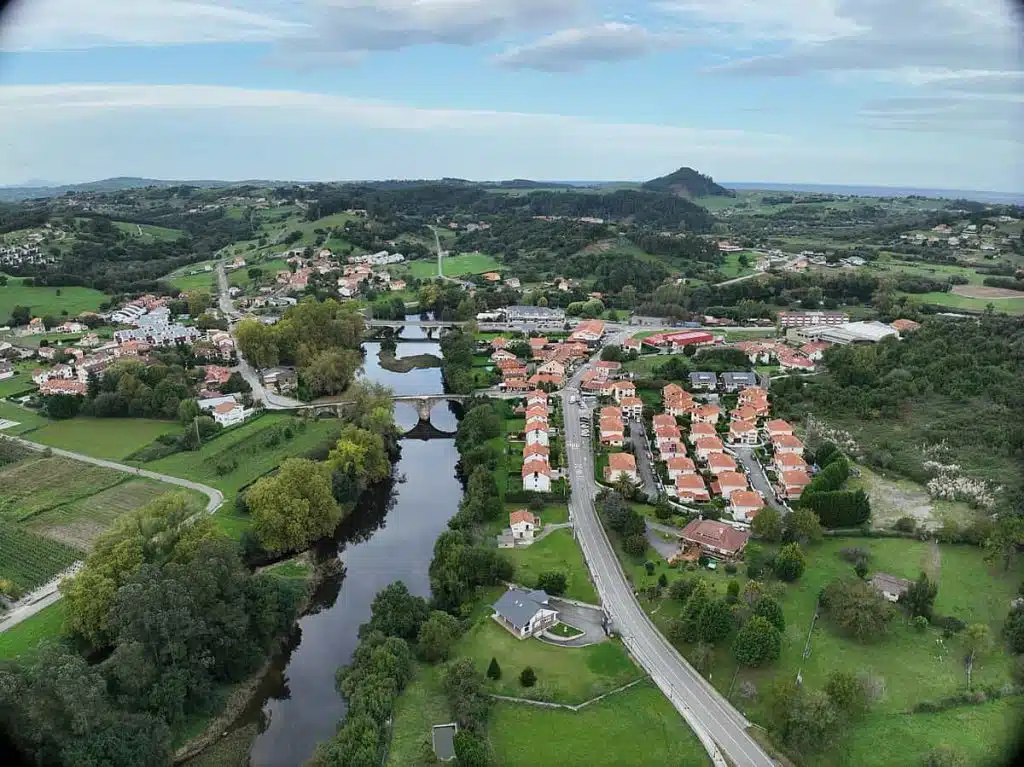
5. Santillana del Mar and the Caves of Altamira
Few villages capture the imagination like Santillana del Mar. Known as “the town of three lies” (it is neither holy, flat, nor by the sea), it charms pilgrims with medieval stone streets, the Collegiate Church of Santa Juliana, and cloisters that rival any in Spain.
Nearby, the Altamira Caves, with their prehistoric paintings, remind us that these routes were trodden long before the medieval pilgrims. One cannot help but wonder: how many layers of human story lie beneath each step?
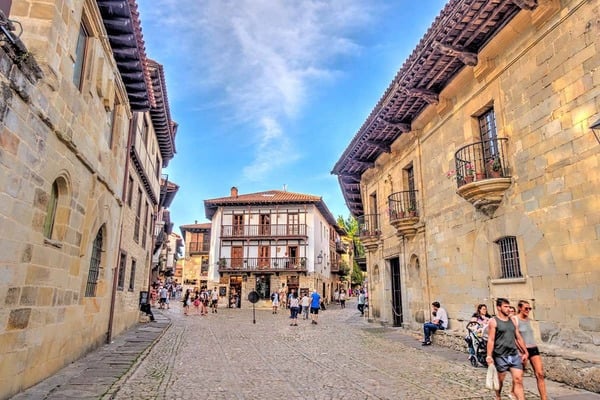
6. Comillas and Gaudí’s Capricho
Walking on, the coastal town of Comillas reveals another highlight: Gaudí’s Capricho, a colourful mansion designed by the Catalan architect for a wealthy shipping magnate. It seems almost improbable to find Gaudí’s work here, but that is the joy of the Camino del Norte—unexpected treasures in remote corners.
Comillas also delights with fine beaches and hearty Cantabrian cooking. Cocido Montañés, a rich stew of beans, ham, and cabbage, is the kind of dish that restores the weariest walker.
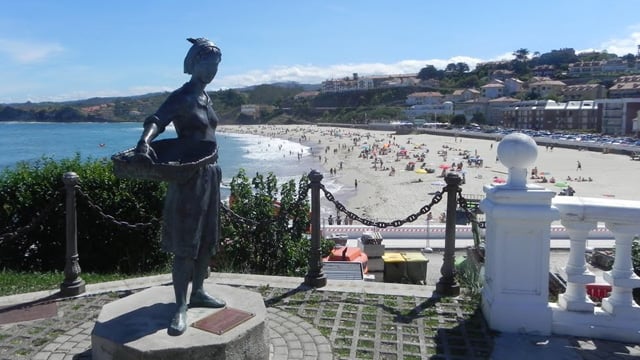
7. Beaches, Mountains and Natural Wonders
The variety of landscapes is one of the Camino del Norte’s strongest appeals. The wild Atlantic beaches of Oyambre National Park invite pilgrims to cool their feet, while the haunting sound of Cantabrian cowbells fills the countryside.
Nature provides spectacles along the way: the Bufones de Arenillas, blowholes that shoot sea water metres into the air with a booming roar, are both eerie and awe-inspiring. Shaded forests alternate with asphalt stretches, a reminder that not every stage is idyllic, yet each has its own rewards.
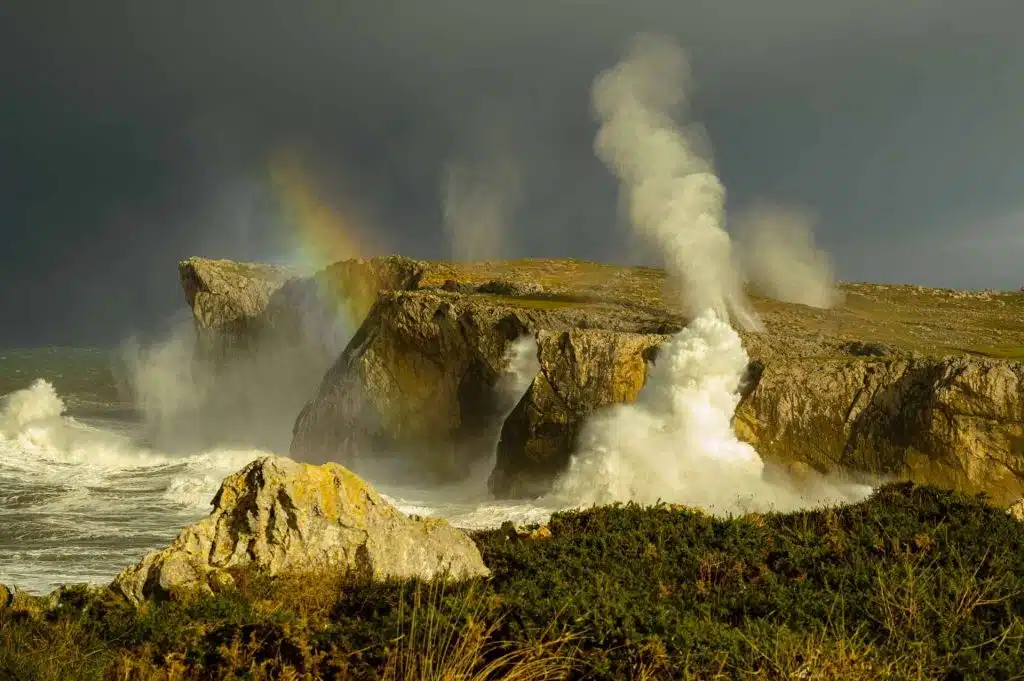
8. Arrival in Llanes
Finally, after days of walking, I reached Llanes, a town framed by the sea and mountains. Its 800-year-old walls whisper stories of seafarers and Spanish Armada history.
Checking into Posada del Rey, I was greeted by Señora Milagros, a 90-year-old innkeeper whose warmth matched her energy. Her stories could have filled an evening, but the lure of cider and seafood across the street was too strong after 30 kilometres on foot.
Blisters on both little toes aside, Llanes felt like the perfect end to a stage of the Camino del Norte.
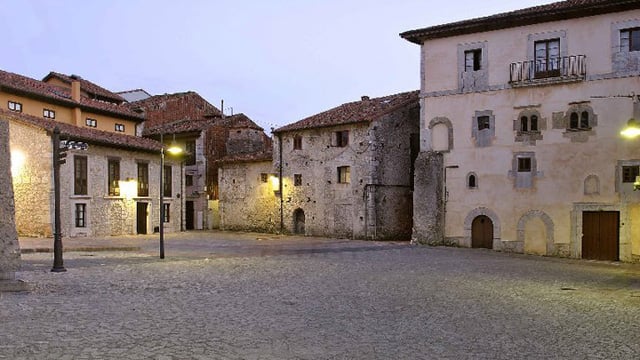
9. Why Choose the Camino del Norte?
The Camino del Norte is less travelled than the French Way, yet arguably richer in certain respects. It combines cultural heritage, from prehistoric caves to Gaudí’s architecture, with landscapes that shift daily between coast and mountains. It has recently been recognised as a UNESCO World Heritage route, affirming its cultural significance.
Yes, the Northern Way can be challenging—its hills are demanding, and weather on the Cantabrian coast is unpredictable. Yet perhaps that is part of its appeal. Pilgrimage was never meant to be easy. The Camino del Norte offers a more reflective, authentic experience, away from the busier routes, where every day brings discovery.
Sum on Camino del Norte
Walking the Camino del Norte is not just a journey across northern Spain; it is a dialogue with history, culture, and nature. From the medieval splendour of Santillana del Mar to the roar of the blowholes at Arenillas, the route constantly surprises.
For those seeking an alternative to the busier Camino Frances, the Northern Way promises both solitude and splendour. It is a path where you can question, reflect, and immerse yourself in Spain’s rich northern landscapes. Contact us.
